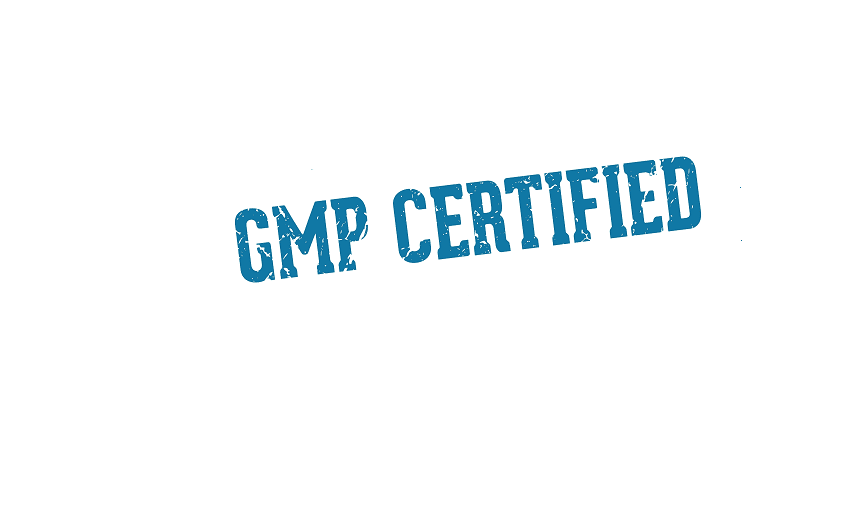Critical transfer from MS 2000 to MS 3000 for GMP compliance
From 2025 onwards, laser analyses on the Malvern MS 2000 will no longer be certified under GMP. Unsupported and aging technology presents significant business and regulatory risks to pharmaceutical quality control analysis under GMP, especially when the instrument is out of service.
Key Considerations for Method Transfer
The Malvern MS 3000 offers several improvements over the MS 2000
- Enhanced Optical Design: This enhances the system’s sensitivity and resolution.
- Support and Maintenance: Ongoing support ensures compliance with GMP standards.
Challenges in Method Transfer
Transferring methods and specifications from the MS 2000 to the MS 3000 may result in variations in Particle Size Distribution (PSD) results for the same batch. Therefore, a meticulous method transfer process is crucial.
Method Transfer Best Practices
A robust method transfer should address several parameters, including:
- Instrument Settings: Adjusting settings on the laser diffraction instrument to match the new system.
- Sample Preparation: Ensuring consistent sample preparation techniques.
- Calculation Models: Adapting the calculation model to fit the new system’s capabilities.
Expertise in Method Transfer
Services Provided by Particle Analytical
- Method Transfer Planning: Detailed planning to address all aspects of the transfer process.
- Validation Support: Assisting in the validation of transferred methods to ensure GMP compliance.
- Technical Support: Ongoing technical support to optimize the use of the MS 3000.
With extensive experience in both wet and dry dispersion analysis using the MS 2000 and MS 3000, Particle Analytical has successfully assisted numerous clients in transferring hundreds of analytical methods. Our expertise ensures that these methods are compliant with ICH guideline Q14, facilitating reliable quality control analysis.


